
Hurricane season is a critical period for Puerto Rico, and being prepared can make the difference between safety and danger. In
Surely you have noticed how much we depend on electricity. It is evident that we use electricity to carry out many of the activities we carry out every day. So, perhaps you have wondered where does electricity come from? Today we will explain how an electricity generator works.
The electricity generators, as well as the other ways to obtain usable electrical energy, are fascinating. They are almost like magic, they are fabulous and they are a sample of human ingenuity.
In a few words (but don't worry, we'll explain everything in detail later), An electricity generator is responsible for capturing the energy that emerges from a mechanical movement and converting it into electrical energy.
Once you have some basic knowledge, you will see how easy it is to understand how an electricity generator works.
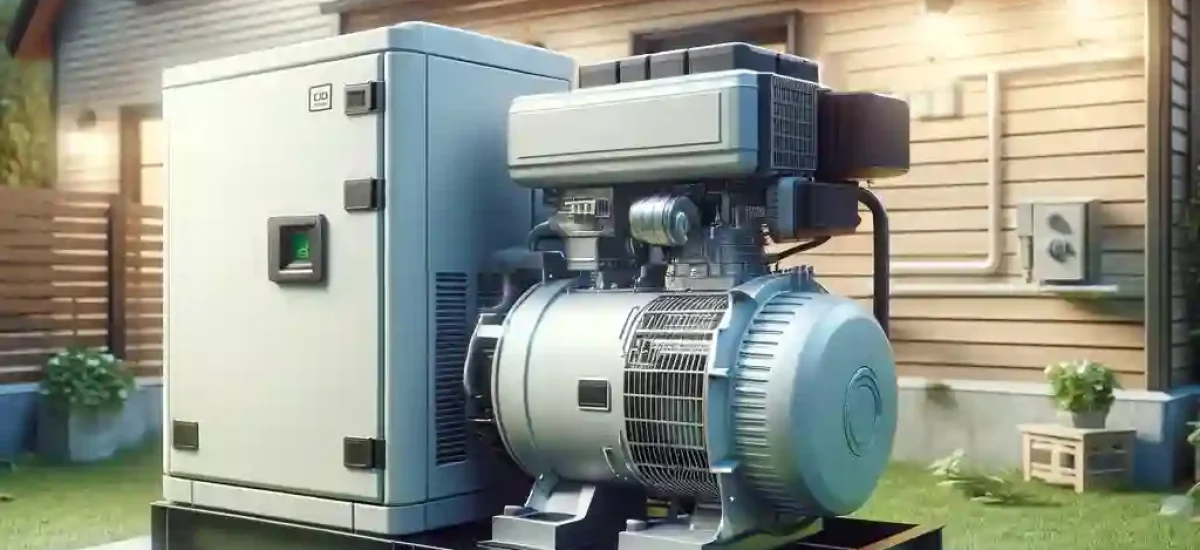
There are those who can put together a whole debate or controversy about this question. Some, offering a perhaps too broad definition of what an electricity generator is, will say that, basically, it is any machine or complex system that is responsible for generating usable electrical energy. And they would not be wrong.
The question of how an electricity generator works requires some precision and meticulousness when it comes to defining what kind of machines count as electrical generators.
However, within a definition of this type, hydroelectric, thermoelectric, and nuclear plants would also fit; even solar farms and wind farms would fit. It is true that these are ways of generating electrical energy.
But, on the other hand, it has been conventionally accepted that the expression "electricity generator" designates a particular type of machine, with a particular operation and use. This meaning of the term, although not the most exact, is the most widely used.
Thus, an electricity generator is a machine capable of producing electrical energy from the use of mechanical energy. To do this, they use the application of Faraday's law; specifically, an electricity generator meets all the technical characteristics for the phenomenon of electromagnetic induction to take place.
This phenomenon is what makes it possible for the mechanical energy of the motors of electrical generators to be converted or transformed into electrical energy. Let's see what it consists of.
Electromagnetic induction is the physical phenomenon through which a certain electric current is induced by a change or movement in a surrounding magnetic field. It is important to take this physical phenomenon into account, since the whole matter of how an electricity generator works is based on it.
In other words, and knowing that a magnetic field carries with it elements whose charge is opposite, the electrons of a conductive material are influenced by the force of such a field, moving in a certain direction.
Basically, we will say that the free electrons (negatively charged subatomic particle) are "dragged"; that is, they leave their atom, giving way to another free electron. Thus giving rise to a constant movement of electrons.
In this way, this movement of the electrons is nothing more than an electromotive force; in other words, electricity. Faraday's law, in this sense, tells us that the induced voltage is directly proportional to the change in the flux of the magnetic field.
This phenomenon of electromagnetic induction explains how an electricity generator works.
There are two types of electricity generators, which are classified according to the type of current they offer. As you know, there is direct current and alternating current. Let's see how an electricity generator works in each case.
The dynamo is known as the first electrical generator in history. It was invented in the 19th century, offering the propitious field for new discoveries in the field of magnetism and electricity.
Faraday, based on his famous Faraday Disk, discovered that an electrical conductor, moving in a magnetic field, generated a potential difference (or tension, also called voltage).
A dynamo offers direct current only; that is, the type of current that does not change direction over time: it maintains its polarity.
They are reversible functioning machines. They serve as both an electric generator and a motor; that is, generate both mechanical energy and electrical energy.
Currently, it is the most popular electric generator. They also work by transforming mechanical energy into electrical energy.
They are normally synchronous machines; that is to say, there is a proportional relationship between the amount of mechanical energy that they use and the amount of electrical energy that they generate (taking into account, of course, the number of poles they have and their frequency of movement), which makes them machines. very efficient.
Next, let's see how such an electricity generator works.
Well, if you take into account what the phenomenon of electromagnetic induction consists of, it will be easy for you to imagine how an electricity generator works. Remember that electricity, in a nutshell, consists of the "drag" or movement of free electrons from a conductive material.
Thus, this "drag" of free electrons is generated in the alternator. But, for them to start moving, it is necessary that the magnetic fields that influence the conductive materials also start to move. This task is fulfilled, together, by the motor and alternator of electric generators.
There are two parts that make up the alternator: the rotor and the stator. The rotor, for its part, has an even number of magnetic poles. These, when rotating, rotate the magnetic fields around the conductive materials of the stator.
This, the stator, in turn is made up of a superconducting material, generally copper. It is very important that there is a small distance between the rotor and the stator. This ensures that electricity generation is as efficient as possible.
On the market there are an infinite number of Electric generators. Each model has its own technical specifications. That is, there are models of electric generators for every need.
Still, if we think about how an electricity generator works, we'll do it in general terms. They all work very similarly, but the power-wise results are very different.
They are usually classified according to the fuel consumed by their engines, which largely determines the electrical power that the generator can finally offer. Thus, these are classified as:
Gas-fired electric generators are especially economical. They can offer great electrical power. Since its installation demands stable and specific conditions, this type of generators are stationary.
Gasoline electric generators are normally designed to meet small energy needs. They offer a few hundred Watts, although there are some that offer up to 2Kw. They are usually small generators, which allows them to be transported wherever they are needed. Its efficient working time is around 2-3 hours.
They are the most popular type of electric generator. Combine power and economy. They can offer from about 10Kw to almost 80kw.

Hurricane season is a critical period for Puerto Rico, and being prepared can make the difference between safety and danger. In

Understanding how a hurricane forms allows us to be one step ahead and prevent the devastating effects of these natural phenomena. Especially in areas
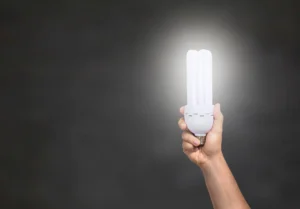
In a world where energy efficiency is increasingly a priority, learning to save energy has become a crucial need for both
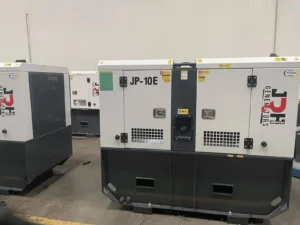
In a world that doesn't stop, the need for a reliable and continuous power source is more crucial than ever. At JRH Power
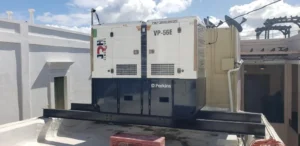
Have you ever wondered how electricity becomes a constant in our lives, even in the most critical moments? At JRH Power
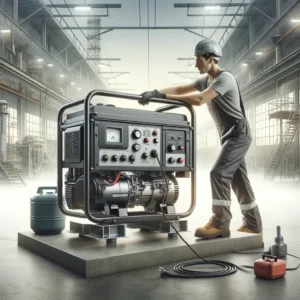
In our modern world, where electricity is vital, power outages are a frequent reality. Know how to connect a generator to the house